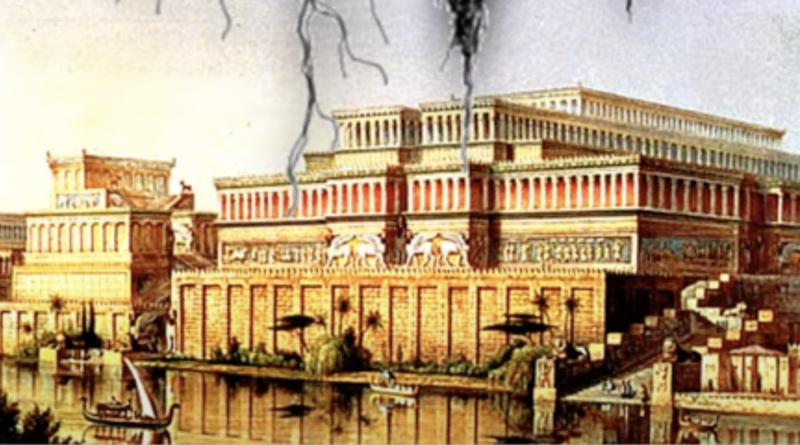The History of Information Science in 30 Seconds?
The History of Information Science in 30 Seconds?
Jenna Hartel
Hi again! I’m back to share a few more videos about Information Science, and will do so on a weekly basis going forward. This time, I’ll draw from my “Tiny Videos” series, which present big Information Science ideas in a compact multimedia format that is ideal to pique curiosity on course websites, enliven emails with students, or illustrate a lecture. There are currently 22 Tiny Videos and all are between 15-30 seconds in length. This posting features two Tiny Videos alongside a short essay with additional context.
It seems appropriate to start a column on Information Science videos with a bit of history. Where did Information Science come from? What are its theoretical, conceptual, and institutional precedents? This is a complex and contested question that really depends on who you ask and the perspective you adopt. I touched lightly upon this matter in the first Tiny Video, below, Histories of Information Science, which identifies three possible historical accounts.
One might trace Information Science to the earliest libraries that provided access to royal information collections, such as those harbouring the clay tablets of the 7th century Assyrian king, Ashurbanipal. Over many subsequent centuries libraries became increasingly sophisticated, generating the kinds of access technologies that occupy Information Science, today. Or, a particularly well-developed historical narrative locates the roots of Information Science in the European Documentation movement, spear-headed by the Belgian lawyer and bibliographer, Paul Otlet (Rayward, 1997). Otlet and his followers generated a vision of a global information society and invented foundational information technologies of our age, such as the library card catalog. Finally, Information Science may be seen as emerging in mid-1950s North American universities, where it coalesced alongside several theoretical innovations centered on the patterns underlying modernity (Bates, 1999). In this view, cybernetics and game theory are Information Science’s siblings. The video comes to a quick but unequivocal conclusion that there are multiple historical narratives for Information Science; viewers can probably imagine others, too.
The second Tiny Video, Information Science is a Metadiscipline, expands upon the historical account of Information Science as a field centered on informational structures and patterns (Bates, 1999). It addresses: how is Information Science situated vis-à-vis other academic domains? According to Bates, it is a “metadiscipline,” that is, a discipline operating at one conceptual level higher than others. From that elevated perspective we are able to oversee the creation, use, dissemination, and safe-keeping of information. Is Information Science the only metadiscipline? You can find the answer in the Tiny Video!
Since the Tiny Videos are admittedly the smallest possible multimedia encapsulation of an idea, you can learn more about the history of Information Science in other resources on my INFideos YouTube channel (formerly known as BIBBLEium). The longer video The Invisible Substrate of Information Science further explains Bates’ metaperspective vision of the field; and the playlist Intellectual History of Information Science contains parts of our story, too. See you next week for more multimedia adventures!
References
Bates. (1999). The invisible substrate of information science. Journal of the American Society for Information Science, 50(12), 1043–1050.
Rayward. (1997). The origins of information science and the International Institute of Bibliography/International Federation for Information and Documentation (FID). Journal of the American Society for Information Science, 48(4), 289–300.
Cite this article in APA as: Hartel, J. (2022, January 19). The history of information science in 30 seconds? Information Matters. Vol.2, Issue 4. https://r7q.22f.myftpupload.com/2022/01/the-history-of-information-science-in-30-seconds/






